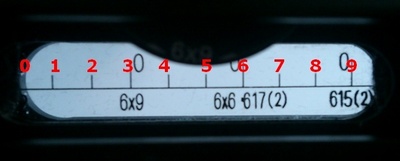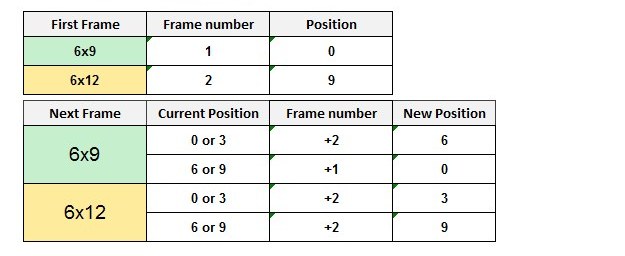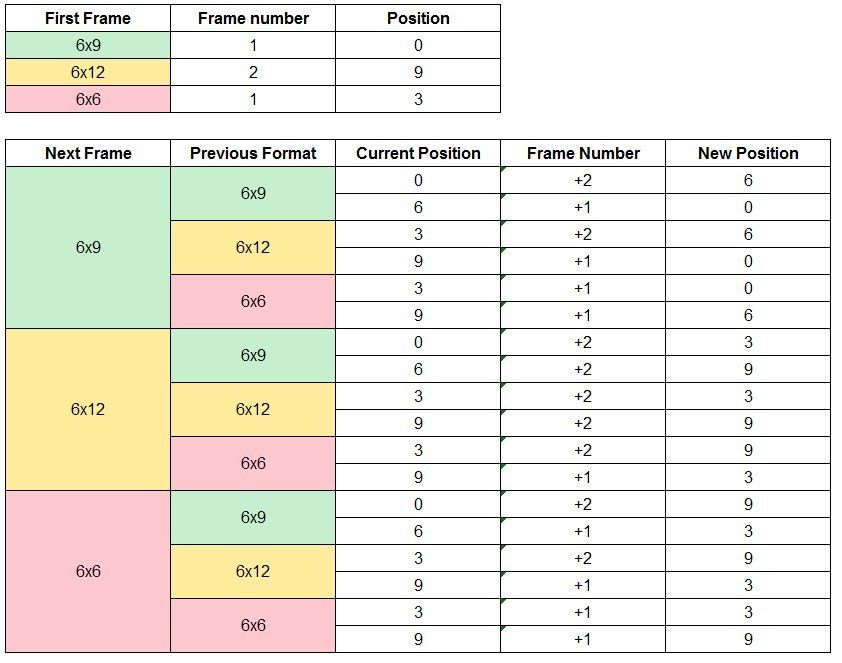Using a Gaoersi 6x12
Magazine with various frame sizes on one Film
I have been brought up
using my father’s Plaubel(s), with their unique sheet film
magazines, filled with
Agfapan and an occasional Ektachrome. It has taken me decades to
realize that there is something like
an ”international” back standard, much more common
and practical and for which there are new
developments even now, from China, like this Gaoersi 6x12 magazine
– said to be capable of taking
6x6, 6x9 and 6x12 sized images on one film, in any order.
In actual use however,
the thing is not exactly self-explanatory, despite its Chinese
instruction (I doubt
this is understandable even to Chinese speaking persons…)

There is a scale in the
film window, another scale on one of the transport knobs and a little
disk with
engravings – but what to do with this?
I have eventually compiled a table (after much trial and error), that
shows the various film positions,
for the different formats.
For easy reference, I have given numbers to the various positions on
the film window scale

If you restrict yourself to only using 6x9 and 6x12 images, this table
becomes quite simple (and you
don’t have to take note of the previous image size)

If you include 6x6, this
becomes more complicated and you do indeed have to take note of the
previous
frame size (e.g. by using the small indicating disc in the film window)

This is meant to be read
from left to right, so - as an example - if you wish to take a 6x9
picture and
the previous frame was also a 6x9, and the current frame number is in
position 0, then you need to
add 2 to the current frame number and transport the film until this new
frame number is in position 6.
Whether this is still practical in everyday use, I will have to find out...
